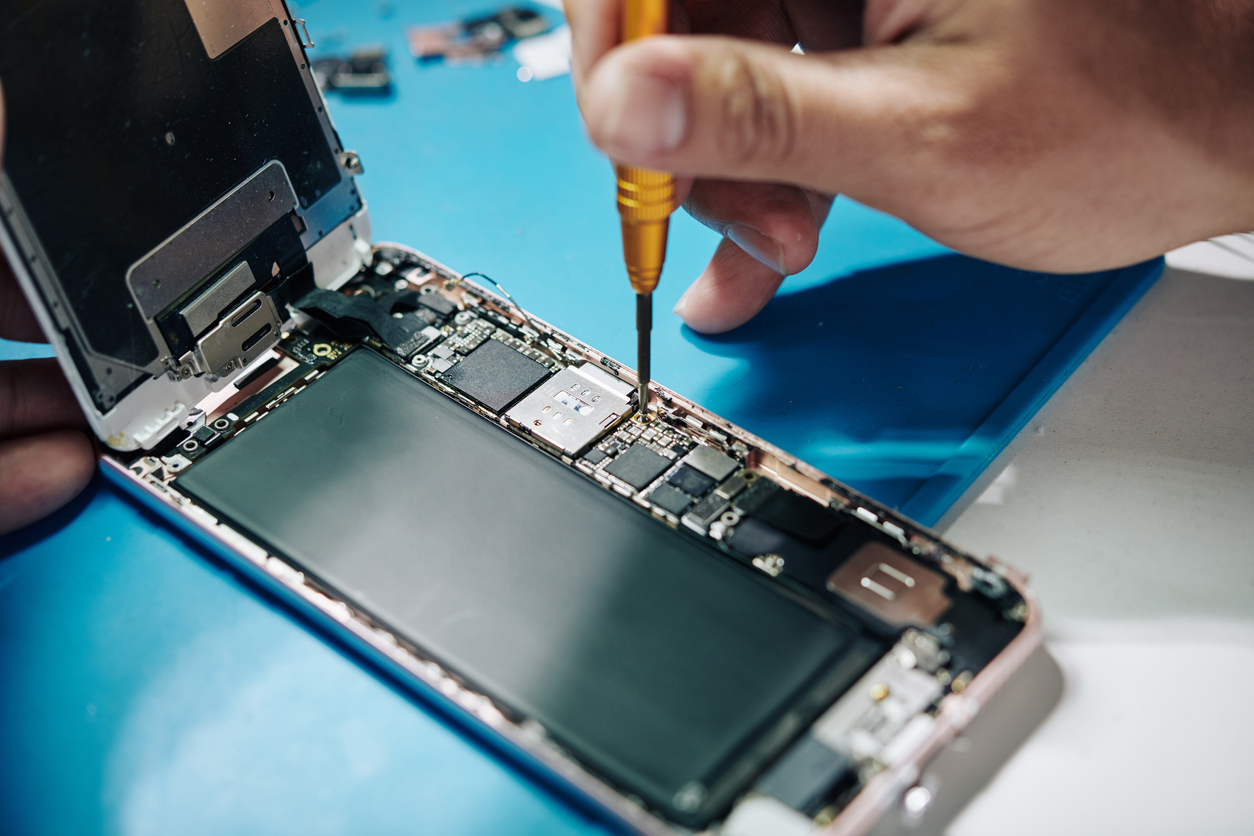The Right to Repair offers consumer tech companies an opportunity to create new business models and bring sustainability as a unique selling proposition. Manufacturers will have to redesign their products and retool their supply chains and customer service.
When products are being designed, repairability should be a major box that must be ticked. A shared design approach makes it easy to identify and eventually fix the malfunctioning piece. The objective of the Right to Repair framework is to empower consumers and increase trade between the original-equipment manufacturers and third-party buyers and sellers. The Right to Repair will ensure that customers repair and modify products with relative ease and at a reasonable cost, all while maintaining sustainability.
There must be an increased push on local manufacturing to reduce the carbon footprint from shipping. This also brings in an adjacent advantage of ensuring product traceability. This will allow businesses to track these parts for reuse and maintain local self-sustainability.
If companies adopt universal design standards, the repairs become easy, widespread, and accessible for consumer goods across manufacturers and products.
To maintain their intellectual properties (IP) and curb piracy, many manufacturers bundle software and hardware. While protecting the IP rights of manufacturers is important, bundling hardware and software impairs repairability. Therefore, manufacturers must develop new encryption strategies that protect their interests and allow consumers to repair hardware malfunctions and address software issues individually.
Globally, the Right to Repair movement has gained traction now, after an initial pushback from global tech majors who lobbied against laws that enforce the right to repair. In 2021, Apple opened its first repair centre. The self-service style setup will let Apple’s customers repair their devices using the company’s manuals, tools and spare parts. Microsoft is also one of the first major technology companies to commit to a third-party study on the benefits of the right to repair.
As more and more companies support this movement, the Right to Repair should become a boardroom discussion. Repairing gadgets will need almost a complete overhaul of design and business strategy and business leaders need to cannot afford to wait until the very last minute. For the consumers, the Right to Repair is a win-win situation.




